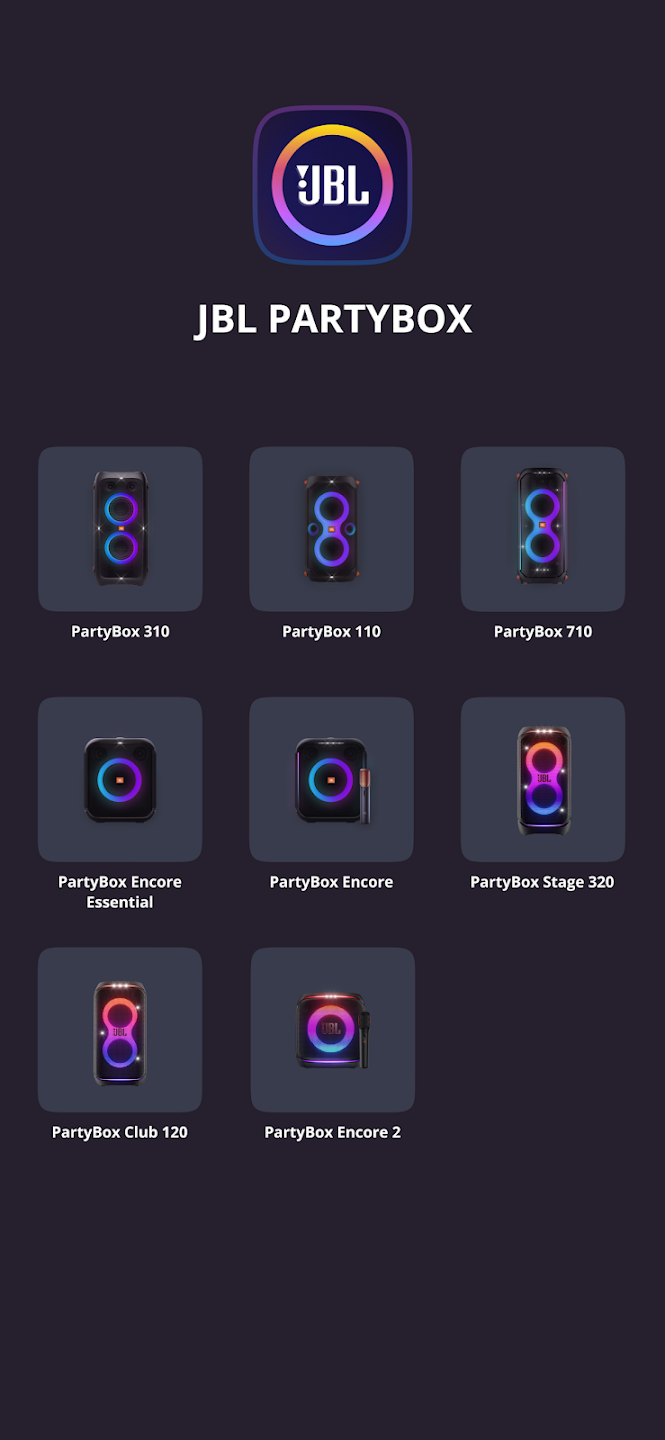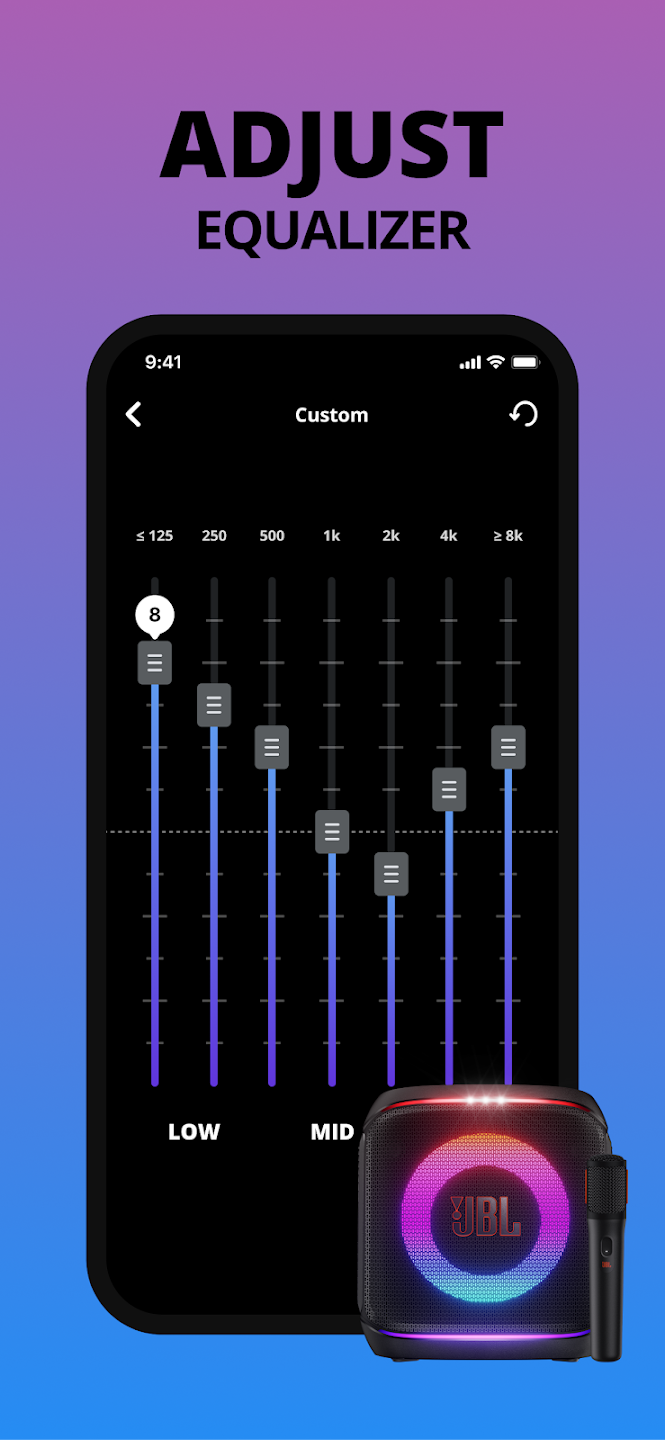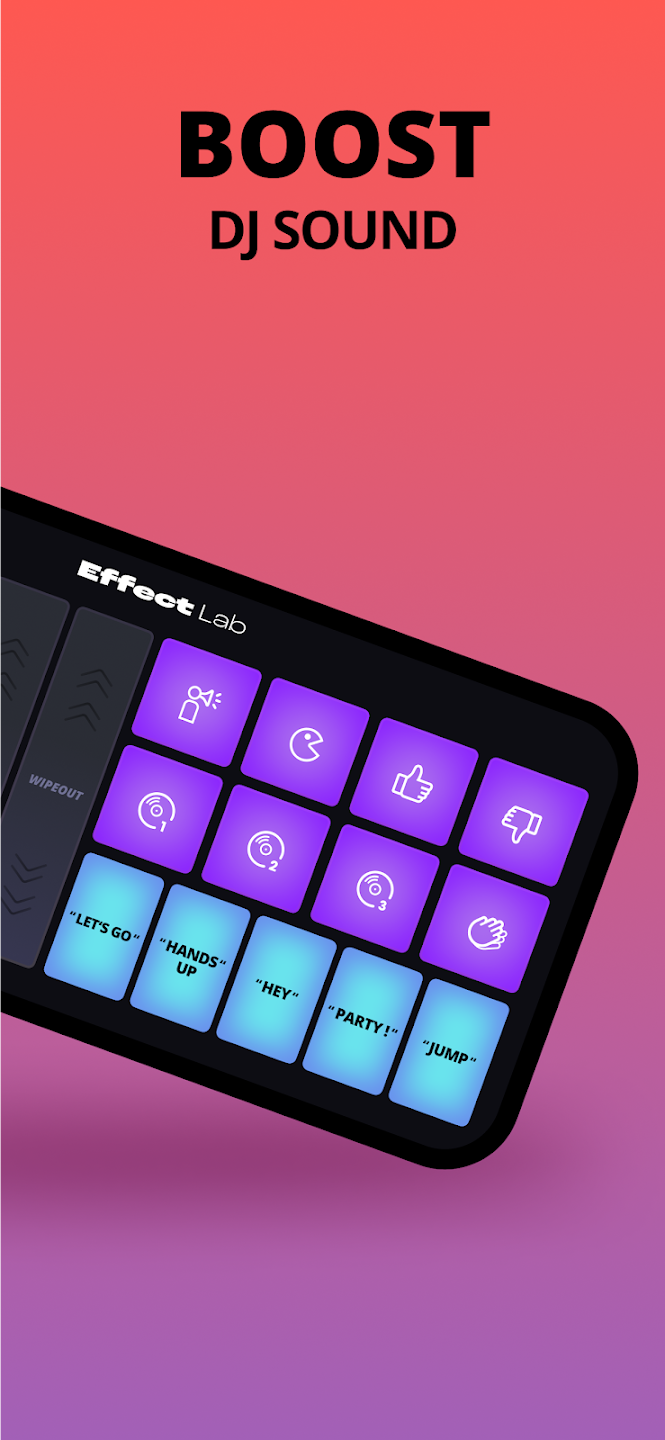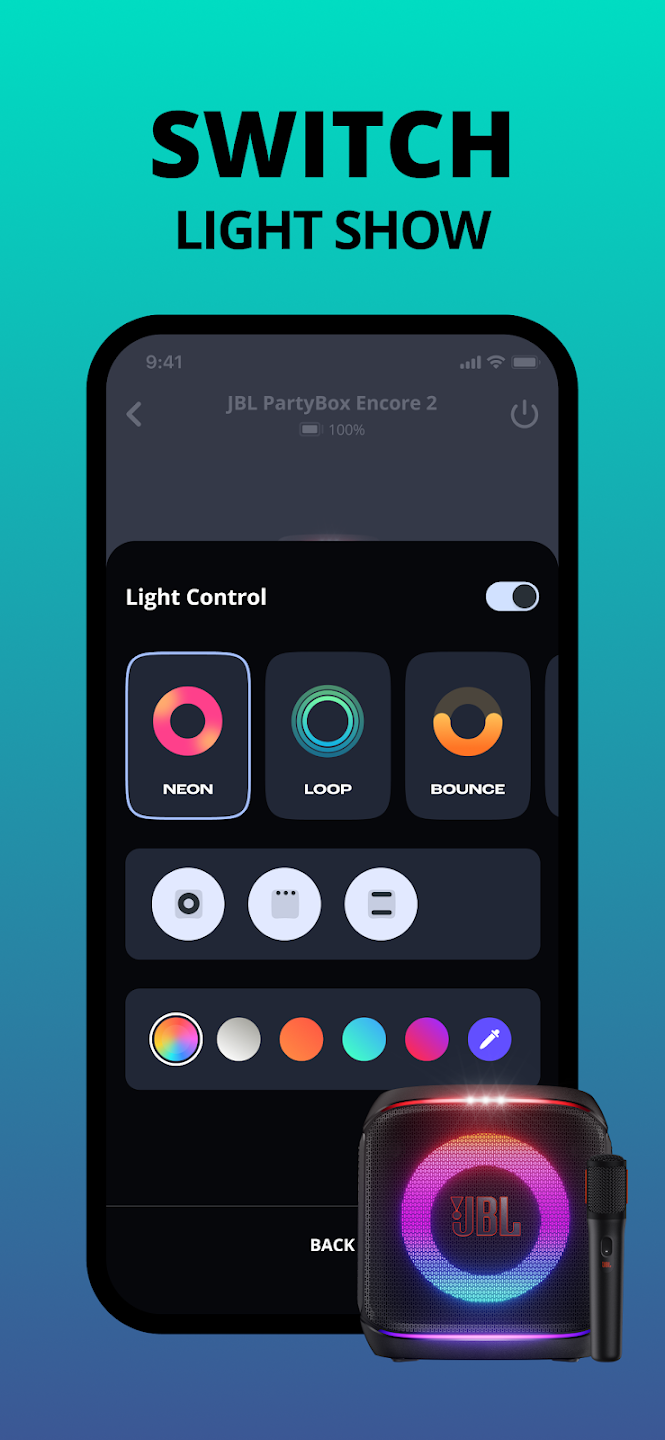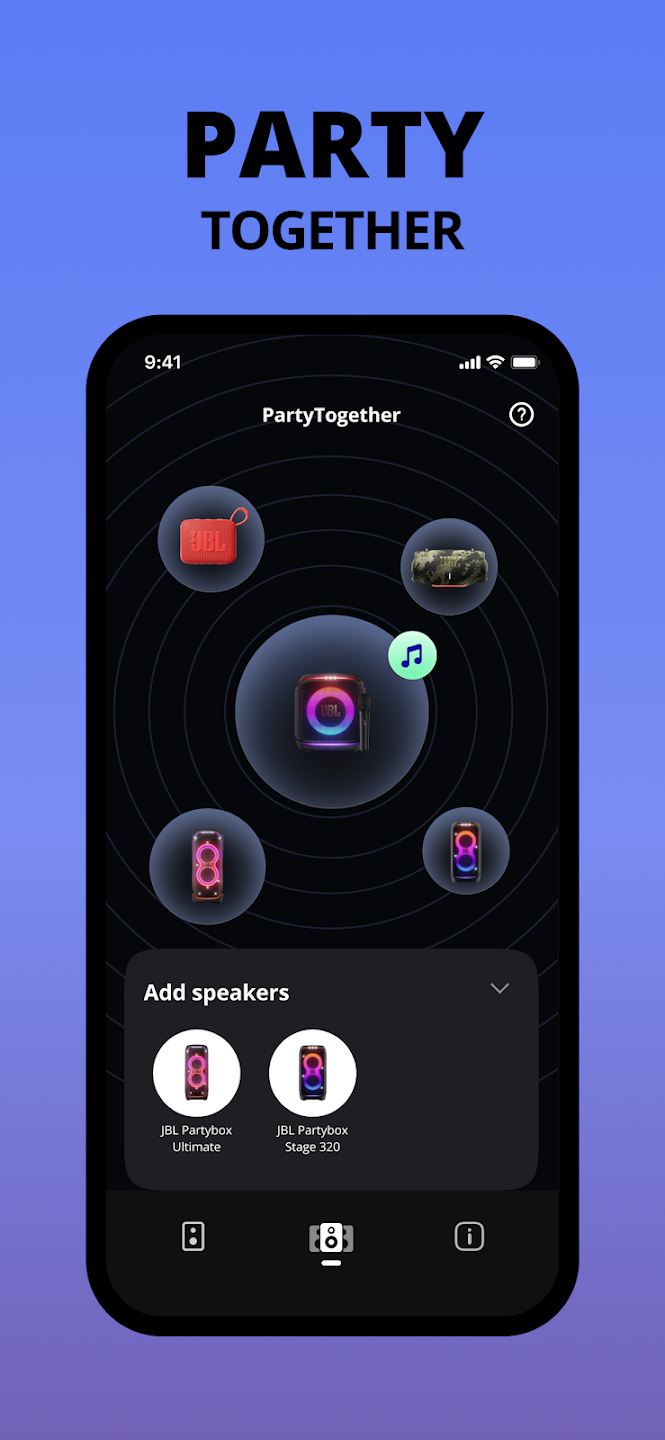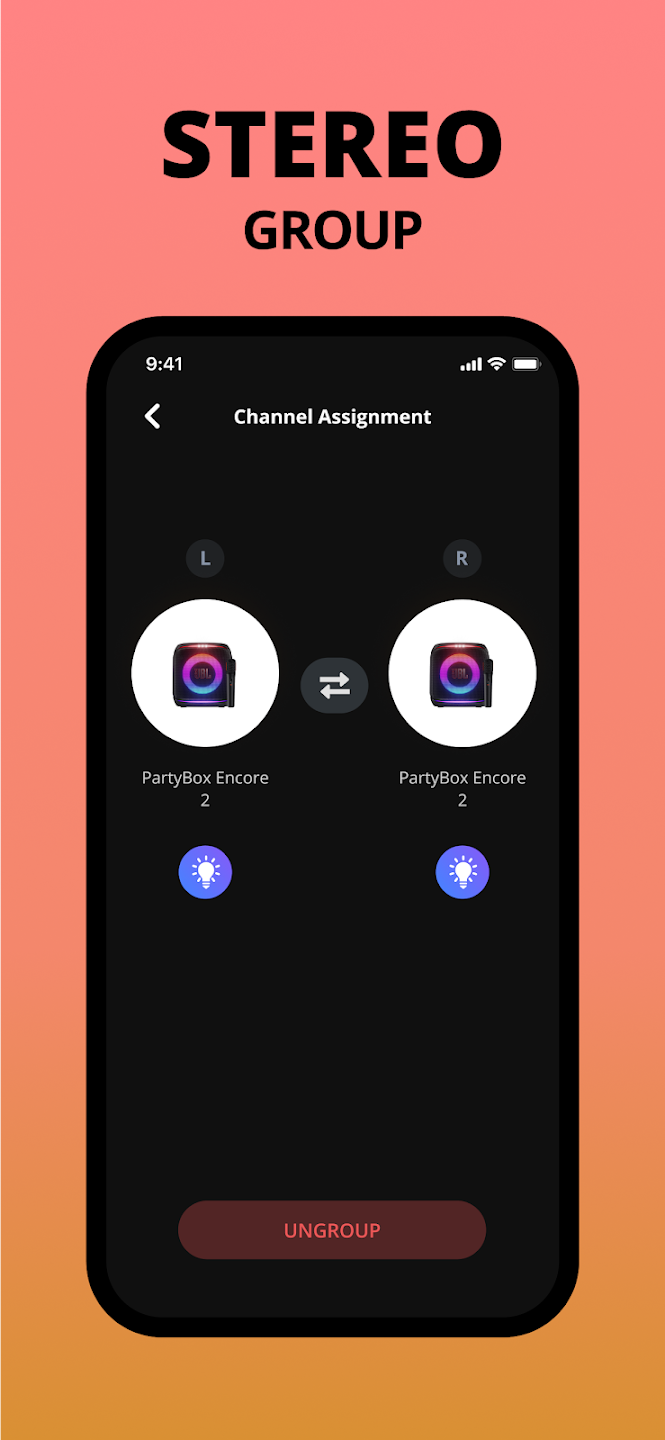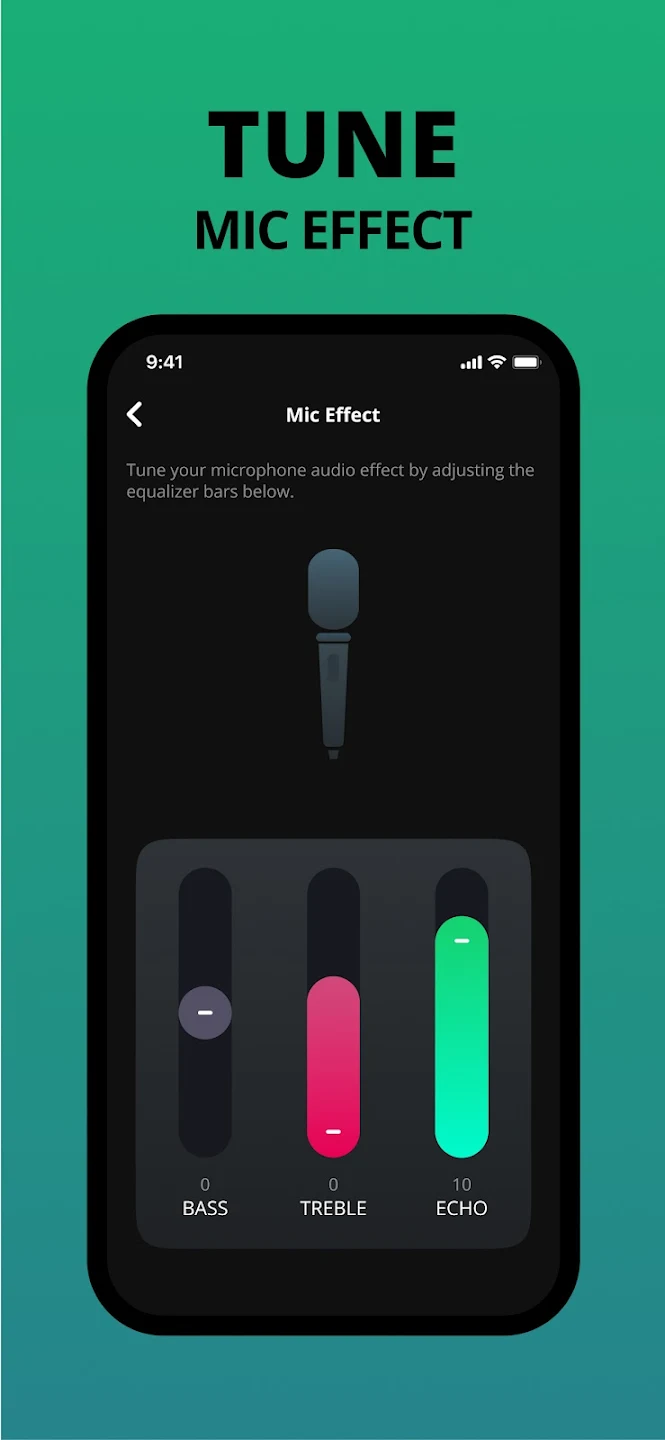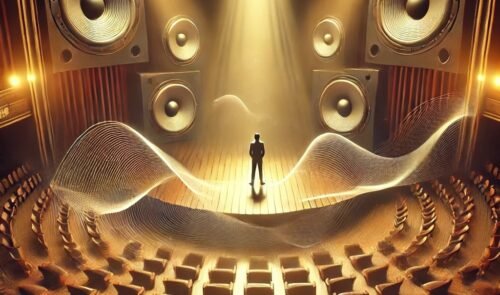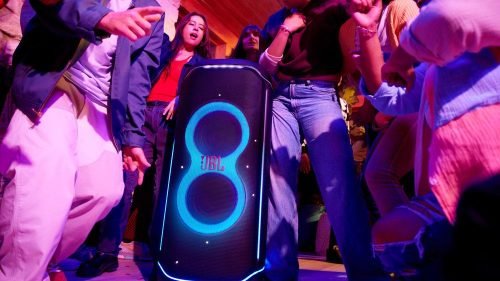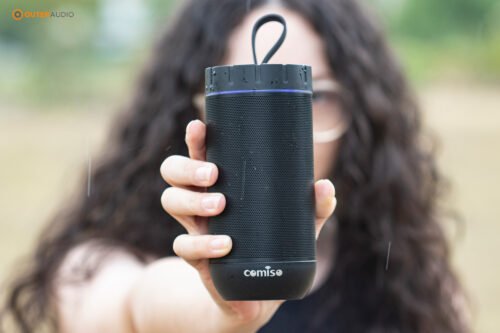The PartyBox Club 120 Captures The Magic Of The PartyBox Series While Still Being Easy To Carry
The PartyBox 120 was released in mid-2024, at the same time as the PartyBox 320, and is an upgrade of the previous generation’s PartyBox 110. It’s loud enough to be used as a dedicated party speaker for moderate-sized gatherings or used regularly around the home and garden as a general-purpose speaker.
Key Takeaways:
- Portable design that’s suited to more than just parties.
- Easy-to-use controls and plenty of connection ports.
- Less bass-heavy than its predecessor, but now has a more balanced sound.
- Replaceable battery ensures years of use and endless playtime potential.
JBL’s PartyBox series consists of a wide range of party-oriented speakers, some being small and easy to use in one’s everyday life, and larger ones intended for more serious hosts. The PartyBox Club 120 falls somewhere in between but is widely considered the smallest of the ‘big boy’ speakers in the PartyBox range.
I spent some time using it and quickly realized that I may need to add one to my own Christmas wishlist.
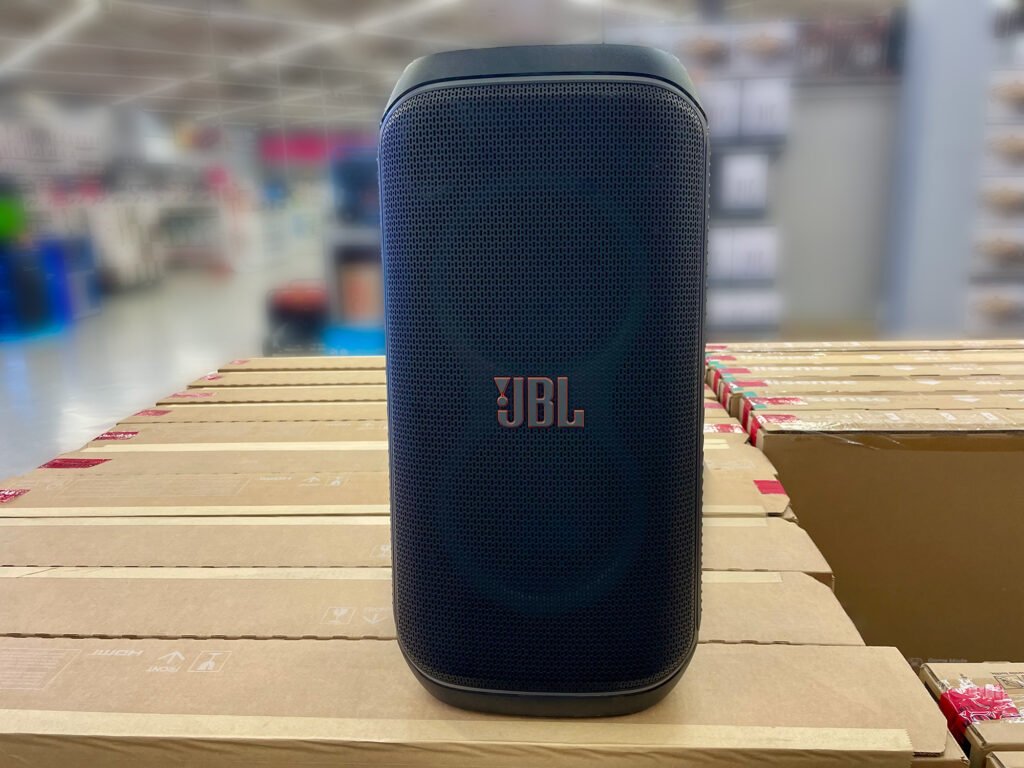
What I Like:
- Replaceable battery pack.
- Mostly balanced sound that’s simple to dial in to one’s preference with EQ.
- Great lighting effects.
- Dual microphone inputs with support for instruments.
What I Don’t Like:
- Not as much bass as the PartyBox 110.
- Still quite a heavy speaker to handhold.
- Doesn’t have the same comprehensive microphone controls as the Stage 320.
Classy And Stylish Design That’s Available In Two Colors
Although initially released in black only, the PartyBox Club 120 is now available in both black and white variations. The black version is typically better for frequent transport, as the plastic shell on the white version is more prone to visible scuffs over time. With that said, the white Club 120 is a bit of a statement piece and can look incredibly appealing when matched with a white interior.
The grille has changed from the previous generation and I find the new mesh design gives it a touch more durability. Still, these grilles can be dented quite easily if one doesn’t take care during transit. This is still a speaker that requires care to prevent cosmetic damage.
At Half The Weight Of The PartyBox 320, The Club 120 Can Be Moved Around Fairly Easily
- Lacks the built-in wheels found on larger PartyBox models.
- New handle design that centers the weight distribution.
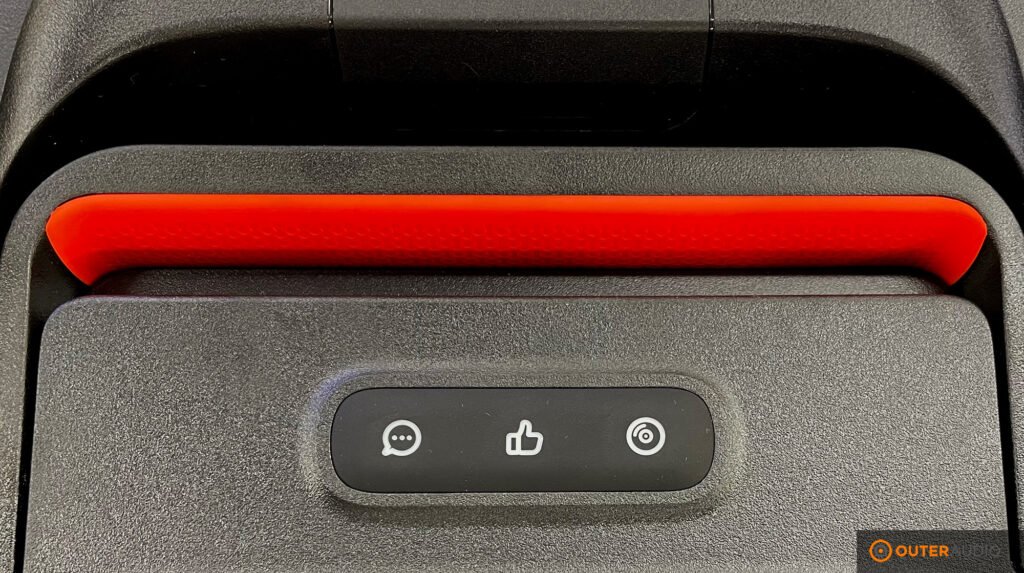
These large party speakers always have a trade-off between power and portability, and the PartyBox 120 leans more toward the portable side. Sure, it can still get relatively loud – but one of the main selling points here is going to be its ease of use and the ability to move it around your home or business space without much of a challenge.
Since it weighs just shy of 25 lbs, it’s noticeably lighter than its big brother, the PartyBox 320 (41.7 lbs). But it doesn’t have a telescopic handle or built-in wheels like the 320 does, meaning you’ll need to carry it by hand. It’s also almost the exact same weight as the Sony XV500, which is Sony’s direct competition to the PartyBox 120.
I found that the new retractable handle made the speaker a bit easier to carrier than with its predecessor, as this now distributes the weight of the speaker more towards the center. Still, at 24.4 lbs, it’s quite a hefty speaker.
Lighting That Makes You Want To Dance
- Vibrant, dynamic lighting with different patterns and modes.
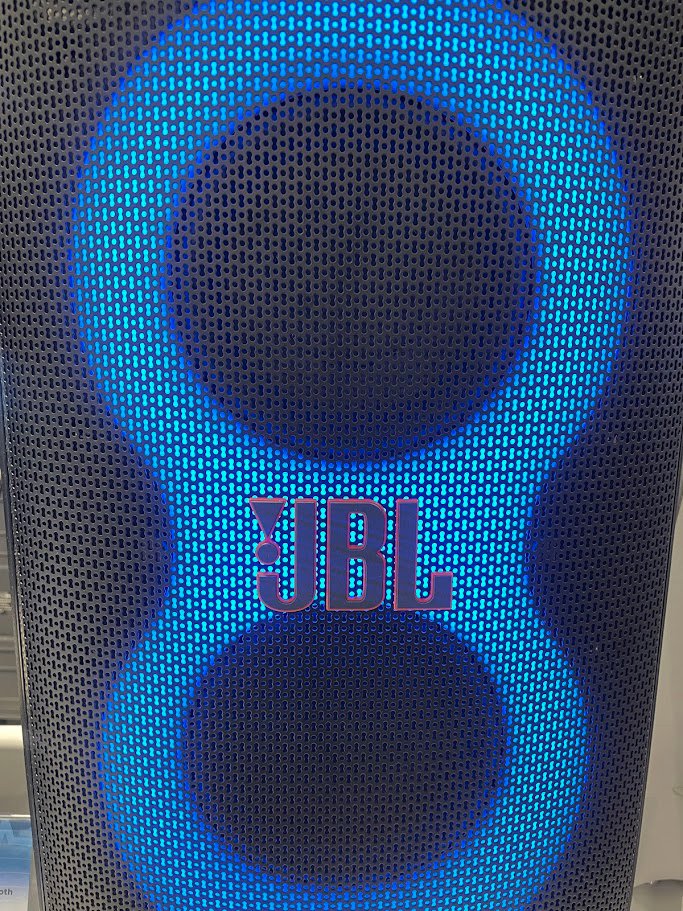
One of the most beloved features of the PartyBox series is its vibrant, dynamic lighting effects which create a true party atmosphere. The PartyBox Club 120’s lights are bright and easy to control. There’s a control knob on top of the speaker to adjust the patterns and toggle between lighting modes, or simply use the JBL PartyBox app to make these changes remotely.
There are also some changes to the lighting compared to the old PartyBox 110. There’s no longer the LED ring around the tweeters, instead, the Club 120 has included the starry light design which adds a few white-light LEDs across the front panel. However, the most noteworthy change is the addition of top and bottom LED bars.
These lighting effects shouldn’t be underestimated, as they are a key feature of the party experience and play a direct role in how people interact with the music.
Water-Resistant Design That Protects It From Brief Periods of Drizzle and Splashes
- IPX4 water resistance offers peace of mind for those using it outdoors.
Like most of JBL’s PartyBox range, the Club 120 has basic water resistance that protects the speaker from short periods of light rain. This is particularly useful when moving the speaker between two locations when it’s raining. It also helps to prevent damage from accidental splashes around the pool.
I usually recommend avoiding getting IPX4-rated speakers close to open water, but I think the PartyBox 120 lends itself incredibly well to being placed around the pool in summer. When the sun sets and the lights kick in, it can truly change the way you spend your time outdoors, creating a whole new vibe.
Since it gets reasonably loud, it can be placed a distance from the water itself, and still have the power to cover most of one’s garden.
The Club 120’s Comprehensive Controls Include Dual-Microphone Inputs and A USB port
- Dual microphone inputs for karaoke duets or MCing.
- Plays music directly from USB sticks.

Despite being one of the smaller PartyBox models, there’s no shortage of connection options. These ports are all located on the back of the speaker:
- 1x USB port that supports MP3, WMA, and WAV file playback.
- 1x ¼-inch microphone input.
- 1x ¼-inch microphone or instrument input.
- 1x 3.5mm aux input.
- 1x Daisy-chain ports.
- 1x Instrument toggle.
- 2x Mic/Instrument volume controls.
- 2x Gain controls.
The inclusion of dual microphone inputs, one of which can also be toggled to support instruments, is a powerful feature. It makes the Club 120 a viable karaoke speaker that supports duets. However, since the volume controls are located at the jacks and not on top of the speaker, it can be a bit inconvenient when you need to make tweaks to the mic volume.
The Controls Are Effective and Easy To Use, Similar To Those On The Older PartyBox 110

Almost all of the controls, aside from the microphone volume, are positioned on top of the speaker and overall there isn’t much change from the PartyBox 110’s design. It retains the easy-to-use lighting effects and playback buttons, but does have a new panel added.
The new panel is home to three shortcut buttons, which I honestly find a little gimmicky. I know some people enjoy being able to throw on a sound effect while DJing, but I’d have preferred to have this spot used to make microphone adjustments.
Front Control Panel
Towards the front are the playback and lighting controls, and the way JBL configured these is awesome.
Lighting Controls
- Press the lighting button to toggle lights on and off.
- Hold down the lighting button for 2 seconds to activate/deactivate starry light and strobe.
- Rotate the ring in either direction to swap between lightning patterns.
Playback Controls
- Press the playback button to play/pause tracks.
- Double-press the playback button to skip tracks forward.
- Triple-press the playback button to skip tracks backward.
- Rotate the ring clockwise to increase volume.
- Rotate the ring counter-clockwise to decrease volume.
The bass boost, Auracast (multi-speaker) pairing, and Bluetooth pairing buttons are also found on this front panel.
Central Shortcut Buttons
- A Voice Prompt Button (Microphone Icon) plays pre-recorded vocal prompts to energize the crowd.
- A Vibe Tone Button (Thumbs-Up Icon) activates sound effects like the classic DJ air horn to boost the party atmosphere.
- The DJ Sound Button (Disc Icon) introduces DJ-style scratches and other effects to your music.
Modern Bluetooth 5.4 And The Latest In Pairing Technology
- Bluetooth 5.4 ensures the PartyBox 120 provides reliable connections, even at range.
- Supports Auracast multi-speaker pairing, making it incompatible with older PartyBoost models.
Bluetooth is a constantly evolving technology and each year speakers are released with new, improved upgrades to their Bluetooth. The PartyBox 120 was one of the first JBL speakers to be released with Bluetooth 5.4 which even a year later, is top-of-the-line.
Bluetooth 5.4 provides a stable connection at range, with more reliability and efficiency than previous versions. This means longer battery life and fewer connection problems, especially when one’s not standing right next to the speaker.
While this technology can support high-definition codecs, it should be noted that the JBL PartyBox Club 120 only supports AAC and SBC, not specific high-definition ones like AptX-HD or AptX-LL. If this sounds like gibberish to you, in short, this speaker doesn’t fully utilize the potential of Bluetooth 5.4
Multi-Speaker Pairing
Multi-speaker pairing lets you pair more than one speaker together so that they play the same audio. Similarly, TWS pairing is a powerful tool offered by the PartyBox range that lets one pair two supporting speakers together so that each one becomes a dedicated left or right-channel speaker, improving soundstage and coverage.
With the PartyBox 120, there are a whole lot of pairing options available, but it doesn’t support the previous generation of JBL speakers.
Auracast has become the latest multi-speaker pairing technology, moving away from the previous generation’s PartyBoost. That means you can only pair this speaker with other Auracast devices, which include the: Clip 5, Go 4, Xtreme 4, Flip 7, Charge 6, PartyBox 520, and PartyBox Ultimate.
The move to Auracast won’t appeal to everyone, as the inability to pair older speakers may be frustrating to existing JBL customers.
Supported By The JBL PartyBox App On Android And Apple
JBL’s PartyBox app is one of the most comprehensive I’ve used and offers a useful and easy way to control various aspects of the speaker. It can be used to adjust the way the speaker sounds through the 7-band custom EQ, to manage the lights, and to establish group or TWS pairing. There’s a lot one can do through this app, and using the speaker without it leaves a lot of value on the table.
The PartyBox Club 120 Features A Relatively Balanced Sound, With Great Dynamic Range
- Less bassy than its predecessor, favoring a balanced sound.
- The industry-leading dynamic range brings out the detail in songs.
- With around 100 dB output, the PartyBox 120 can fill a medium-sized room.
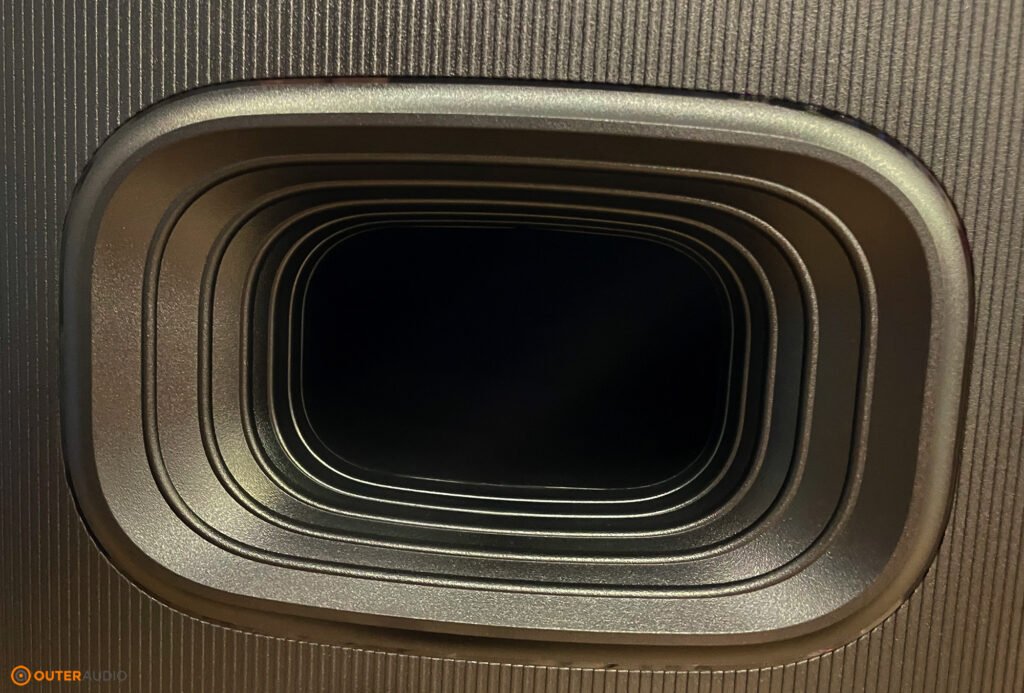
The audio performance on this speaker is great, but I can also see why people are split on their decision. After all, a lot of people looking to buy the PartyBox 120 already have experience with its predecessor, and they’re two quite different-sounding speakers.
The PartyBox 110 had a noticeably more punchy bass, while the PartyBox Club 120 sacrificed some of the low end in favor of a more balanced sound, something that JBL intentionally did across most of their recent releases.
Where the 120 excels is in its dynamic range. Dynamic range refers to the amount of detail the speaker produces. When songs have subtle instrumentals that play into the overall composition, the older PartyBox 110 would have a hard time capturing all the nuance. That’s not the case with the Club 120, which sheds light on these details.
Because the bass and midrange are more balanced, it gives the user more room to refine the sound to their liking. Using the custom EQ, I was able to bring up the bass a bit and increase areas of the midrange depending on the type of music I was listening to.
Volume
The volume potential for this speaker is pretty good, but it has a large time filling large rooms. The sound can carry fine, but with the bass not being particularly powerful with its factory tuning, it can lack impact from across the room. Now that’s not to say it’s not a loud speaker, it can still easily fill a medium-sized room or a small outdoor space.
I’d suggest the PartyBox 120 is best suited to social gatherings of between 10 and 20 people.
When I ran a decibel test on it, I found it produced around 100 dB pretty consistently at a distance of 1 meter, without any EQ adjustments. Which for comparison’s sake, is around 4 dB less than what I got from the PartyBox Stage 320.
Replaceable Battery Packs Are A Game-Changer For The PartyBox Series
- Battery lasts for around 10 hours at moderate volume.
- Replaceable battery packs make it easy to extend playtime.
At moderate listening levels, I got just shy of 10 hours of playtime from Club 120, which is a bit behind JBL’s 14-hour estimate. However, this isn’t unusual, and the lighting effects, volume, and features being used will all have an impact on the overall battery life.
It is surprising, however, that other third-party testers have also found the Club 120 to fall short of the PartyBox 110 in its battery life, despite the two speakers having the same 160W output. One would expect that with the more efficient Bluetooth version, we’d have gotten a boost in this area.
A real game-changer for the PartyBox series is the introduction of replaceable batteries. Until last year, batteries were not something that could be replaced, but this new innovation means it’s super easy to swap the battery out and keep partying.
In the long term, it even protects one’s investment, as one of the biggest causes of speakers being retired was the internal battery giving up.
Is The PartyBox Club 120 Worth The Price?
Before buying this speaker, you should ask yourself how important size and weight are to you. If you’re planning to be moving this speaker between venues or houses of friends – then its lighter weight makes it a worthwhile speaker that you’re bound to love. However, if you need to fill large rooms with sound and don’t plan to move the speaker around much – then I’d recommend going with the JBL Stage 320 instead.
At their standard retail pricing, the PartyBox 120 is available on Amazon for about $100 cheaper than the Stage 320, but during sales I’ve seen the Stage 320 sell for cheaper than the retail price of the Club 120, making it a smarter choice for those who won’t be moving their speakers around a lot.










